Story by Isong Maro / Contributing Writer
The year 2018 has been an interesting one for hip-hop music and will probably go down as a landmark year for the culture in the future. This is a year that has so far seen a successfully released hip-hop-themed movie soundtrack for “Black Panther,” a rap artist replace himself atop the Billboard Hot 100 chart with Drake’s “Nice For What” unseating “God’s Plan” and Kendrick Lamar being awarded a Pulitzer Prize for his album “DAMN.” – a first for artists not in the classical or jazz genres.
With Drake set to release an album in the summer and Kanye West slated for back-to-back releases — one a solo project and the other a collaboration with Kid Cudi — Jermaine Lemarr Cole, better known as J. Cole, has, in the midst of all of this, released his fifth studio album, “KOD”
In line with Cole’s methods, this project had little to no promotion before its eventual release. The album’s title has been stated as meaning “Kids on Drugs,” “Killing Our Demons” and “King Overdose.” The album’s painted artwork of children partaking in drug use also seems to support this claim.
The project is 12 tracks long and the production, with the exception of a few tracks, is handled primarily by Cole. For the musical landscape on this project, Cole continues to explore jazz themes, much like he did on his last album, “4 Your Eyez Only.” Sonically, the album blends trap hip-hop and jazz sounds. Noticeably, Cole does have a featured artist on this album, which was something he avoided on his last two studio albums. However, the only featured artist on this project is an artist named Kill Edwards, who is rumored to be Cole himself.
Lyrically, Cole explores a lot of contemporary themes on this project. On the track “Photograph,” Cole rhymes about the dilemma of online infatuation. On “ATM,” he speaks on the pitfalls of materialism. Cole is in his storytelling element as well on the songs “Brackets” and “Once an Addict.” On the former, he epitomizes the woes of paying taxes, calling for a review of the current system and a more modern approach. He wraps up the album with the track “1985,” giving some advice to contemporary new-wave rappers on the financial pitfalls of the rap game.
Throughout the course of his career, Cole has always taken a simplistic approach to the themes that he explores. He has an innate ability to make the listener feel like he’s having a conversation with them. This album might be his riskiest artistically because he toes a more satirical line here, attempting to hold a mirror to contemporary society. Yet for the duration of the album, he is able to keep his conversational tone, which is key to his delivery.
“KOD” is an album in which Cole really branches out sonically with a few more contemporary up-tempo sounds here and there, but simultaneously maintains his usual aesthetics. There are maybe a few songs that the album could have done without, but overall, the album is a step in the right direction artistically.
To contact Music Editor Hayden Goodridge, email [email protected].
For more updates, follow us at www.mtsusidelines.com, on Facebook at MTSU Sidelines and on Twitter/Instagram at @Sidelines_Life.


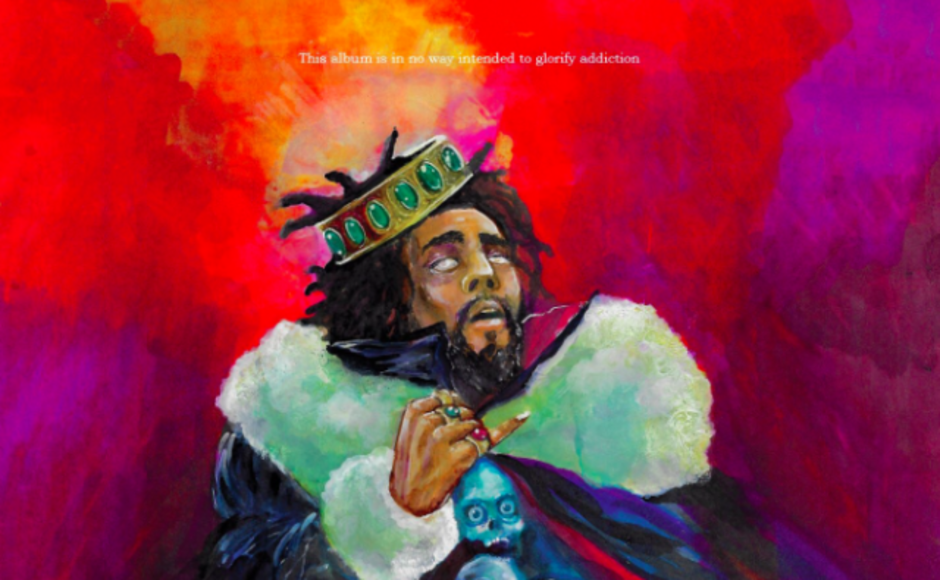





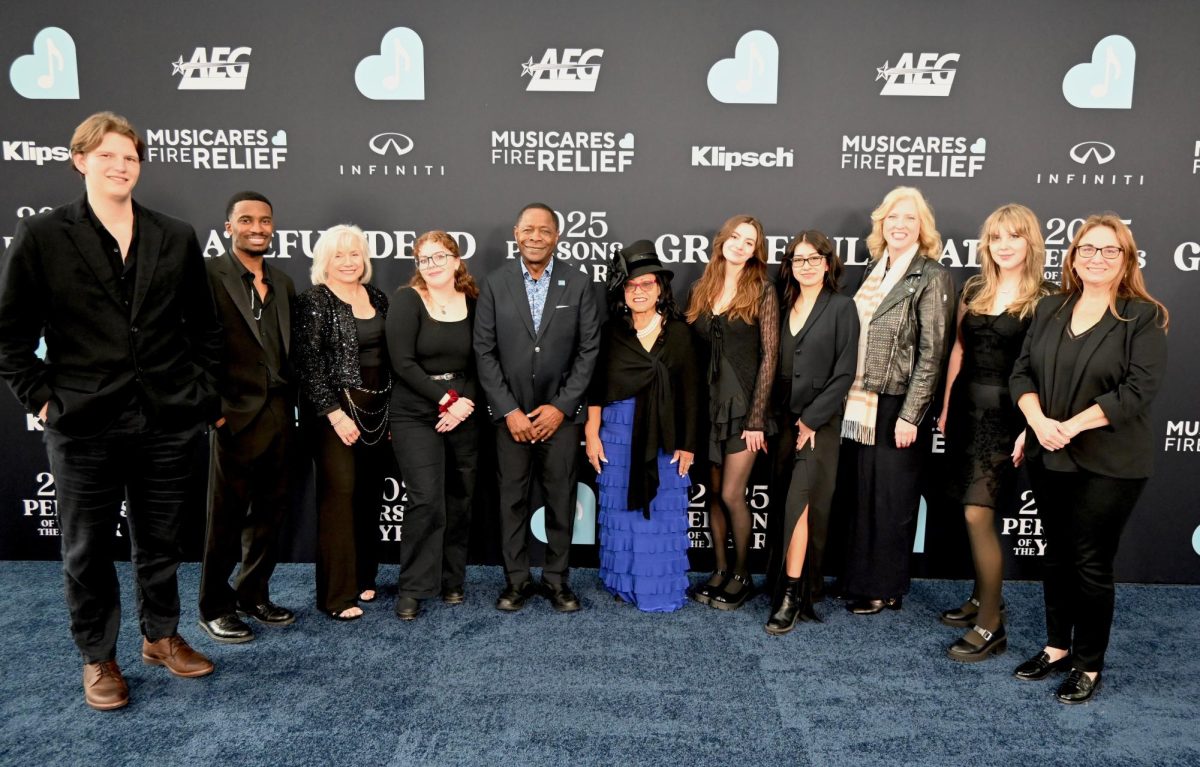


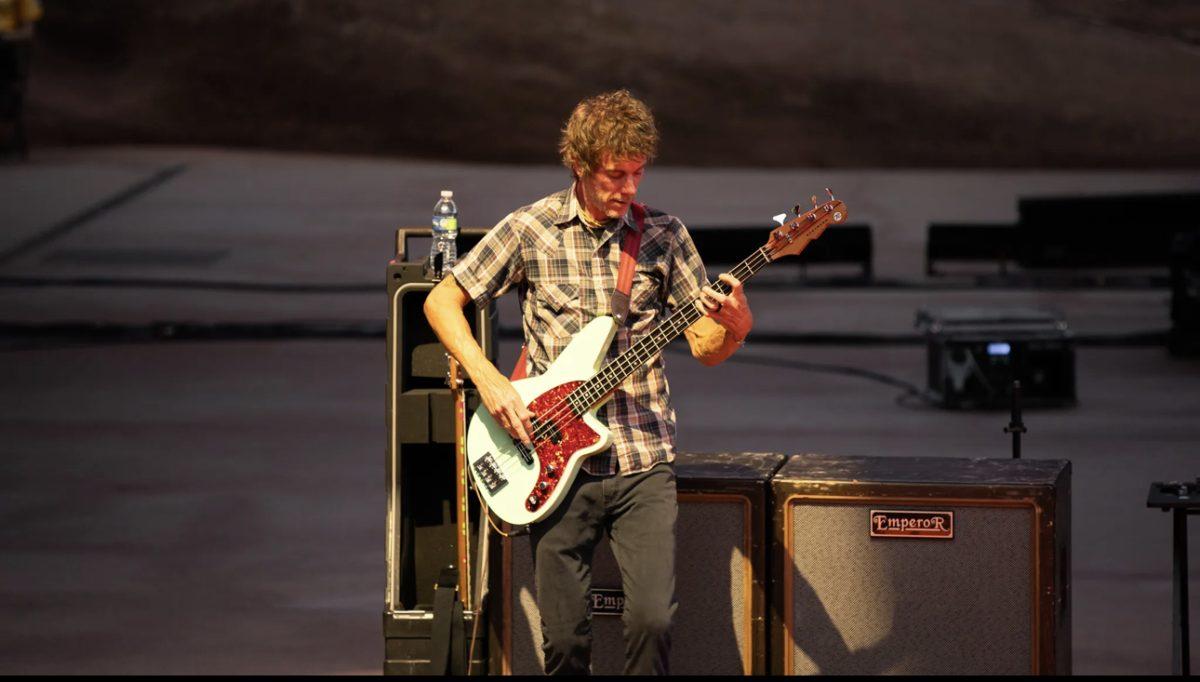

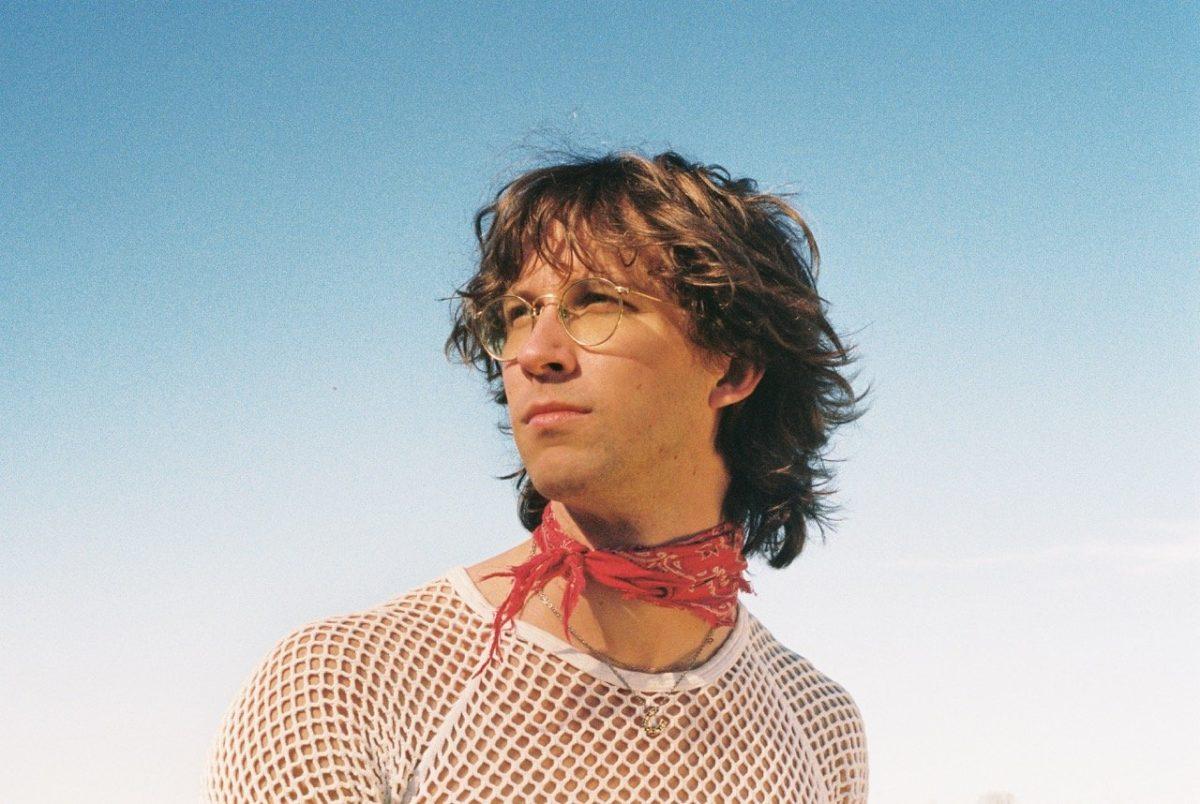


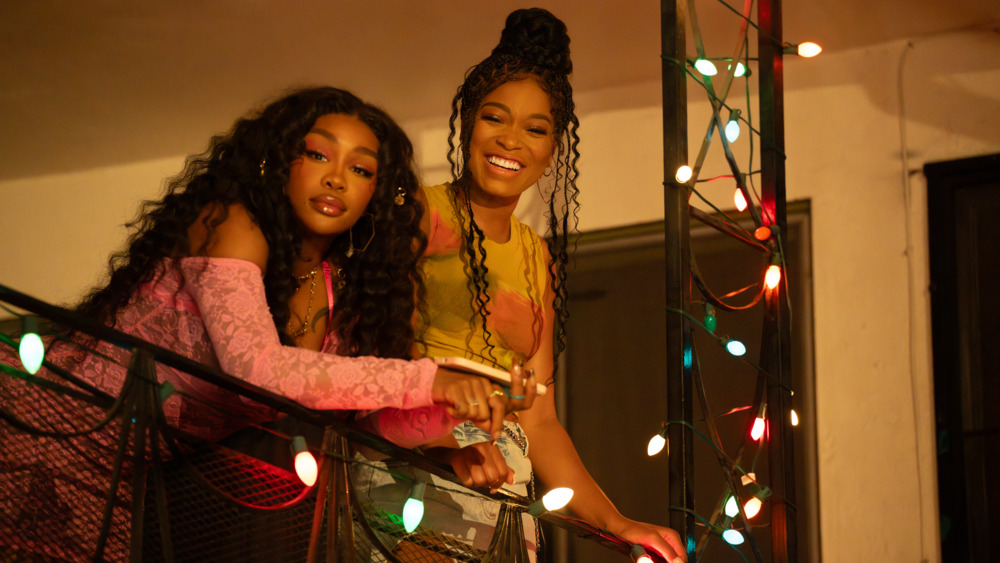




Zach Wilbourn • Apr 27, 2018 at 9:31 pm
I find this record is being sold short of how great it is in the midst of all the hype surrounding the hip-hop genre at this point in time. Personally, I feel this is album is on par or even in some regards better than Kendrick Lamar’s latest release “DAMN.”. I feel this release in a lot of ways serves as a window to a world of drug addiction, paranoia, lust, apathy, and pain.
J. Cole’s delivery is as strong as ever as well as his lyricism. In the third track “The Cut Off (feat. kiLL edward)” has a moment at the end of the song where Cole’s going back and forth between the action of consuming as many substances as possible and the thought of dying, which he can’t seem to come to terms with by simply resulting to saying “I don’t know”. It’s a painful moment when it’s thoroughly looked into, considering the moments of inebriation determine how much you want to die.
“Kevin’s Hart” deals with thoughts of lust and monogamy which seems to be a tough thing to come to terms with our generation. “Once an Addict” is probably the most intense track on the record and deals with the hopelessness of being a bystander witnessing the destruction of addiction on someone you love. The lyrics are by far the most prolific and emotionally driven. I feel this entire album could compete with a lot of modern hip-hop at this point in time. It bugs me to see it’s not getting the credit it deserves.
KJScurry • Apr 26, 2018 at 1:00 pm
I believe J.Cole’s new album KOD is much needed at this time of the emergence of new wave rappers. A lot of their hip hop songs are trap beat heavy with simple, but catchy lyrics. They are turn up songs, not thought provoking. J. Cole delivered this album with his normal thought provoking conscious rap. He talks about the influence of drug use in songs. It seems like many songs talk about lean (cough syrup mixed with Sprite), Xannies (Xanax), Molly, crack, etc. A lot more drugs than just marijuana is being introduced in songs. J. Cole addresses this with the KOD acronym with one of the meanings being kids on drugs. Music is widely influential to children. They look up to these music artists. The article talks about how you can see this in his album cover with the portrayal of kids actually doing drugs. Until I saw this article with the closer picture of the top of his cover art, I didn’t realize it says, “this album is in no way intended to glorify drug addiction.” That’s powerful because his music is a message. The article also mentions how the song “ATM” is about the materialism that goes on in rap. One of the lines in the song talking about the love of money is, “can’t take it when you die, but you can’t live without it.” In the song “Kevin’s Heart,” he talks about infidelity and the repercussions that comes with that. In the music video, it shows Kevin Hart going through his day facing judgement, temptation, a crazy fan, and odd advice. Last year, Kevin Hart was in an extortion attempt about a video that looks like he’s cheating. He ended up apologizing to his wife and children publicly. At the end of J. Cole’s video, “choose wisely” is written in clouds in the sky as Kevin Hart walks into his house. This reinforces J. Cole’s deliverance of a message through his music. He tells stories and paints them through his lyrics. I enjoy how this article talks about the different messages he’s referring to in his songs. I look forward to listening to this album again numerous times, and hopefully J. Cole will release more music.